Frederic V. Hartemann and Robert Hauptman
An imprint of Rowman & Littlefield
Falcon and FalconGuides are registered trademarks and Make Adventure Your Story is a trademark of Rowman & Littlefield.
Distributed by NATIONAL BOOK NETWORK
Copyright 2016 Frederic Hartemann and Robert Hauptman
All rights reserved. No part of this book may be reproduced in any form or by any electronic or mechanical means, including information storage and retrieval systems, without written permission from the publisher, except by a reviewer who may quote passages in a review.
British Library Cataloguing-in-Publication Information available
Library of Congress Cataloging-in-Publication Data available
ISBN 978-1-5897-9841-0 (paperback)
ISBN 978-1-5897-9842-7 (e-book)
 The paper used in this publication meets the minimum requirements of American National Standard for Information SciencesPermanence of Paper for Printed Library Materials, ANSI/NISO Z39.48-1992.
The paper used in this publication meets the minimum requirements of American National Standard for Information SciencesPermanence of Paper for Printed Library Materials, ANSI/NISO Z39.48-1992.
We dedicate this book to the brave people who have lost their lives in the mountains.
The defining thing about climbing is that it kills you.
Joe Simpson
Contents
Acknowledgments
We especially thank Greg Glade, whose invaluable contributions helped to make this a successful venture. Katie Sauter of the American Alpine Club library provided excellent service. Thank you.
Note
We refer to ourselves as senior author (SA), Frederic Hartemann, and junior author (JA), Robert Hauptman.
Foreword by Kenneth Kamler
Im often asked, Whats it like to climb Mount Everest? I give a polite response but the real answer is, you have to do it to know what the experience is like; it cant be put into words. That may still be true but no book comes closer to making the reader feel what big-mountain climbing is like than this one. I can personally attest to that.
In 1996, I was at 24,000 ft. when the worst storm in Everests human history battered the mountain for two days, killing eight climbers. As the only functioning doctor high up on the mountain, I took care of the survivors that were brought to me. That epic tragedy is here told with such detail and intensity that I felt as though I was re-living the experience.
There were various accounts of what happened during that violent storm. Even as the disaster was unfolding, our impressions of what was going on were confused and often conflicting. The authors present a compelling narrative of that disaster, but are careful to include the divergent recollections and interpretations of those who were caught up in the ordeal.
There are honest differences in the way climbers recount events, and there are dishonest differences as wellself-serving versions that promote climbers images or obscure their ignoble behavior. There are even downright lies about summiting. The authors go boldly into this underside of climbing, to give a more realistic picture of the mountaineering world.
What really happened on the first ascent of Annapurna? I winced when I read the evidence, here summarized fairly and honestly. Maurice Herzogs classic account was the first climbing book I ever read. He was a French national hero, an inspiration and a role model for me. I spent time with him and his wife both before and after the controversial revelations. It was disheartening for them (and for me) to see his image tarnished, but now there is a more balanced sense of what occurred on that climb and in the larger picture, what may happen and sometimes does happen on any climb.
The stories tell the hard truth about hard climbs. The reader goes up each mountain with climbers who sometimes dont come down. We feel the challenge, the fear and exuberance, the exhaustion and exultation, the joy and disappointment of their victories and defeatsthe entire range of emotions that are the essence of mountaineering.
This is not a book that you cant put down. Each story is so gripping, I felt I needed a rest after each one. But in the same way that exhausted climbers descending a mountain are already planning their next climb, I felt compelled to quickly pick up the book to not be left behind on the next climb.
Many adventures await you in this book. Climb on!
Introduction
This collection of essays deals with controversies, hoaxes, triumphs, and disasters in climbing, mountaineering, and skiing.
Serious technical rock climbing and formal mountaineering are extremely dangerous pursuits. Amateurs and especially professionals put their lives on the line each time they tie a rope on and head out and up, but even normal people risk their lives the moment they step onto a mountain. It is very difficult to accept, but of the estimated 320,000 climbers who attempted Mount Fuji in 2012, 25 died. Since this is an easy though fairly long ascent, many of these folks succumbed to heart attack, hypothermia, and falling (Belson), rather than the typical threats such as avalanche or unarrested descent. Nevertheless, and despite the many tea houses along the way, they died. Even worse, on September 27, 2014, Japans Mount Ontake exploded, raining ash down on the hundreds of hikers out to enjoy the autumn foliage. At least 31 people may have perished (Fackler). There exist many possible goals and objectives in these sports and a diversity of ways to reach them. A severe rock or vertical ice climb might last only a few minutes, whereas it may take three months to reach the summit of one of the fourteen 8,000-meter (26,247-foot) peaks. In both instances, a lifetime of commitment is invested, and there is ample emotional and physical opportunity to disagree, dissemble, or make sometimes fatal blunders.
In most activities and especially in athletic endeavors, there are almost always witnesses: competitors or spectators, coaches or referees. Success (or failure) is observed, recorded, and televised. In climbing and mountaineering, where success can have a dramatic effect on the life of the climber, where reputation, fame, and sponsorships are enhanced and financial security is assured, the achievements validity may rest entirely in the word of the claimant. And until suspicions are raised or confirmed, we believe. If someone claims to have reached a summit via a new route and this is confirmed by his partner, we offer congratulations. If they are deceiving us, the truth will usually reveal itself. Nevertheless, despite the many controversial cases that litter the history of climbing, some people (like their scientific counterparts who refuse to admit that ethical breaches in research occur) deny that problems exist. Mark Allen insists that Theres a lot of integrity in the climbing community, and there are very few examples of people who didnt achieve what they claimed to achieve (McMillan, quoting Allen, B11). Well, we will see.
The authors of this volume have surveyed the extremely broad and replete literature and chosen a group of extraordinary cases to present to the reader. We have supplemented these detailed overviews with some briefer instances of adventures that have resulted in disagreement, distortion, triumph, or catastrophe.



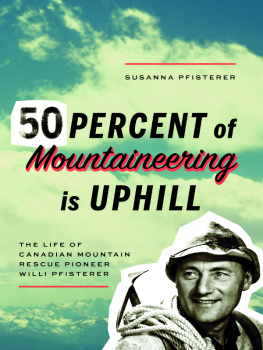
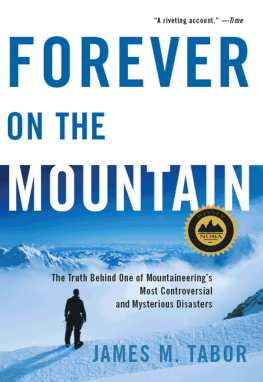

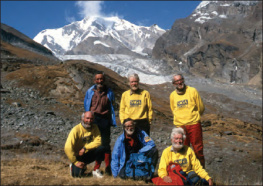
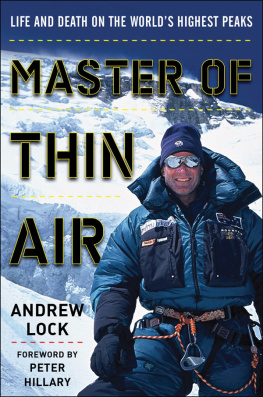
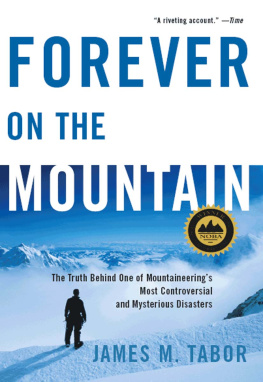

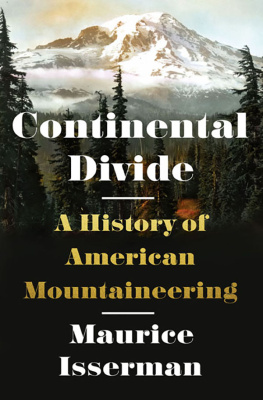
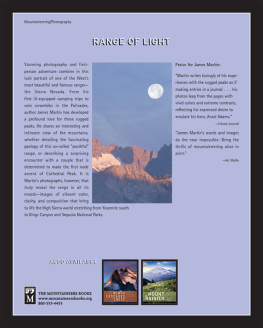
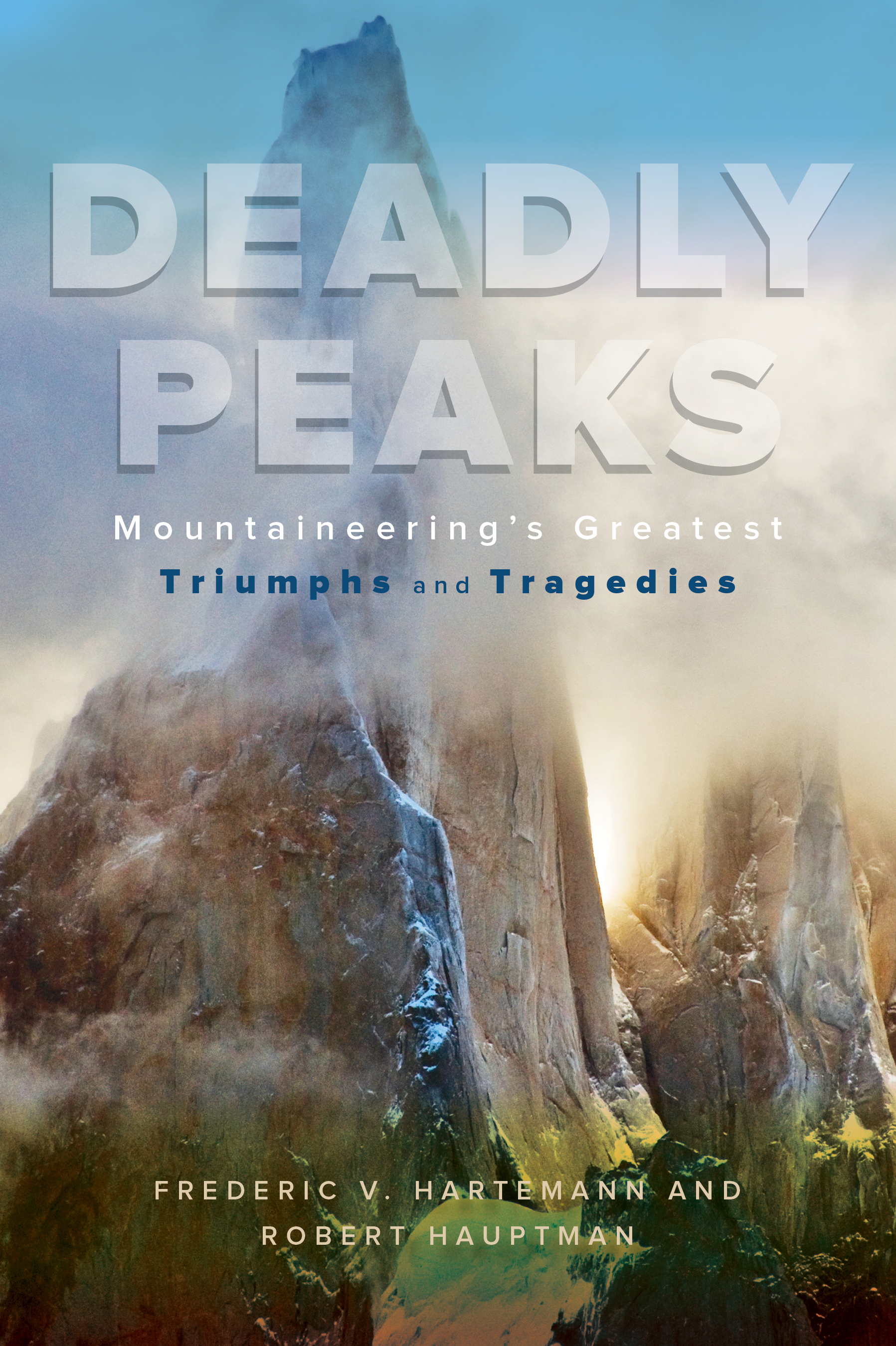


 The paper used in this publication meets the minimum requirements of American National Standard for Information SciencesPermanence of Paper for Printed Library Materials, ANSI/NISO Z39.48-1992.
The paper used in this publication meets the minimum requirements of American National Standard for Information SciencesPermanence of Paper for Printed Library Materials, ANSI/NISO Z39.48-1992.